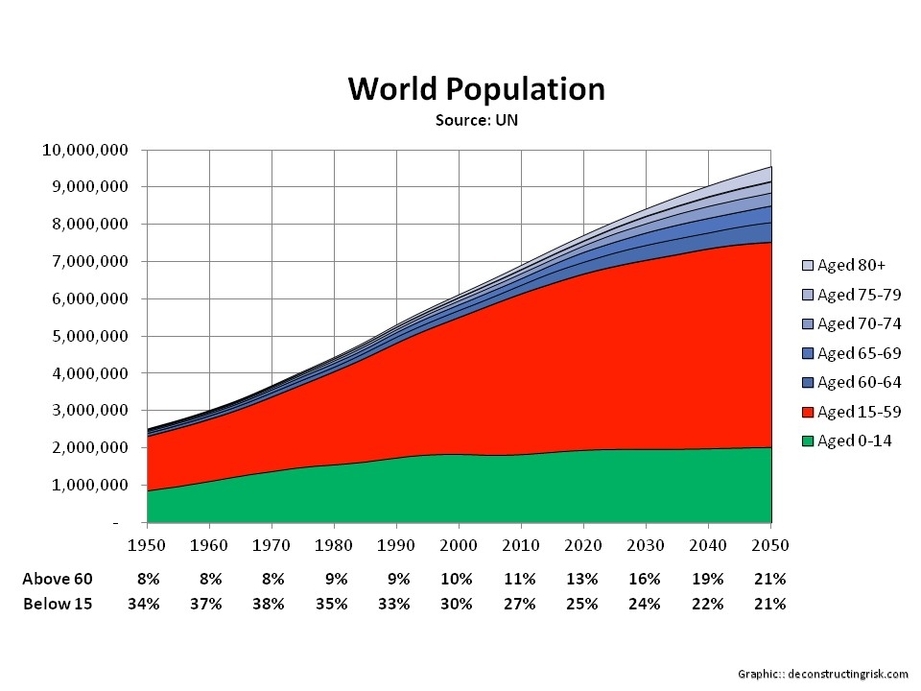
Global population projections indicate slowing growth with increasing aging, especially in developed regions. Youthful populations will persist in parts of Africa and Asia, creating diverse age profiles that demand tailored policy responses worldwide.
